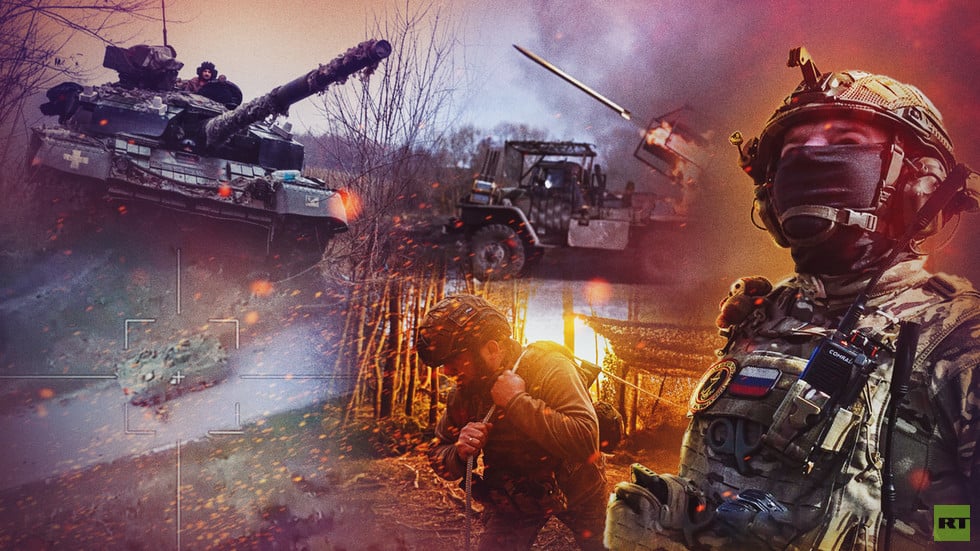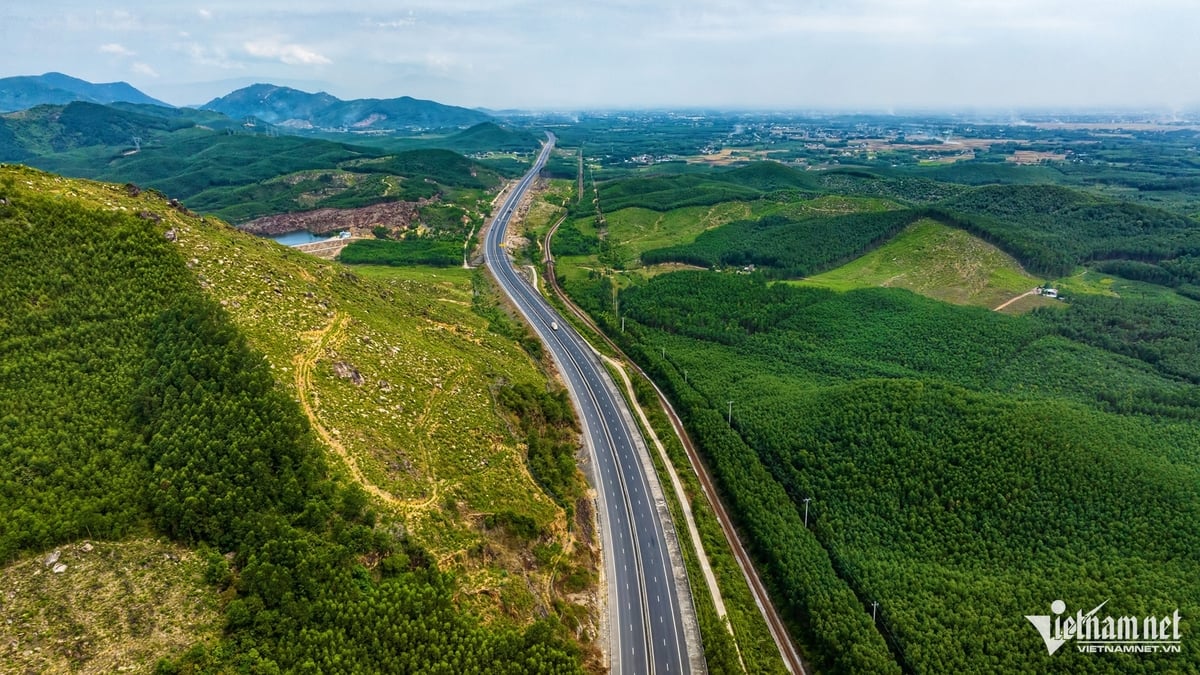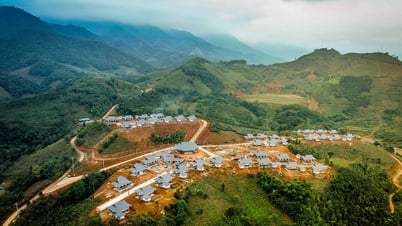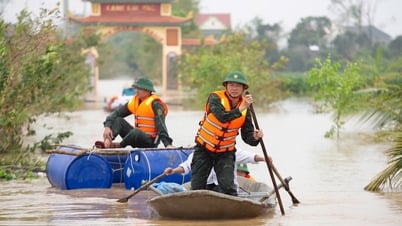Photo: RT.
With no major offensive underway so far, all signs point to a spring-summer campaign that could be a repeat of last year. Russia is pushing forward on multiple axes, Ukraine is holding its ground with dwindling resources. But significant shifts in battlefield strategy, manpower and technology suggest that the coming months could bring more than a repeat of 2024.
The goals of both sides
For both the Russian and Ukrainian militaries, holding or capturing territory is not the ultimate goal. In a war of attrition, the main goal is to weaken the enemy. However, Ukraine has not always followed this logic. Over the past three years, there have been numerous cases where political imperatives have overridden military imperatives. The Armed Forces of Ukraine (AFU) have reluctantly withdrawn from a number of positions, suffering setbacks in Bakhmut and Avdeevka, in Ugledar and Velikaya Novoselka, and most recently in Sudzha.
Predictability has worked to Russia’s advantage. The Russian army has honed the tactic of encircling a city from multiple sides, controlling the fire of supply lines, and slowly wearing down the garrison over weeks or even months. Rather than retreating when possible, the AFU has often held out until the situation collapses, then retreated in disarray.
In the absence of a better strategy, Ukraine has framed its “hold at all costs” approach as a success. Even as it lost ground, it inflicted heavy casualties on the Russians. But this was more about political survival than sound military planning. Indeed, after the failed Azov counteroffensive in the fall of 2023, Ukraine was forced into a strategic defensive mode. The plan was to rebuild its strength, weaken Russian forces, and launch a decisive counteroffensive in 2025.
But even the most ardent Ukrainian commentators have stopped talking about that hypothetical attack. At this point, the upcoming spring-summer defense looks like a holding action with no end in sight. Ukraine’s 2023 attempt to wear down Russian forces has clearly failed.
Russia, for its part, has never publicly committed to delivering a knockout blow by 2024. So when Western observers declare Russia a failure because it failed to capture Pokrovsk, they are projecting expectations that Russia has never explicitly laid out.
On March 28, at a meeting with submariners in Murmansk, Russian President Vladimir Putin publicly stated for the first time that Russia’s goal was to “squeeze and crush” Ukraine, that is, to ensure a military victory. The Kremlin believes that Ukraine’s defeat is only a matter of time.
Ukraine's advantage
Ukraine held the line. Despite the lack of personnel, the AFU prevented major Russian breakthroughs. Russia often needed to concentrate its forces at a ratio of 2:1 or even 3:1 to make any meaningful gains, and progress was often slow.
One major reason is Ukraine’s effective use of drones. Combined with constant surveillance and reconnaissance, drones give the defenders a significant advantage. The situation is reminiscent of the trench warfare of World War I, when machine guns and artillery made any advance across no-man’s land extremely costly. Drone warfare is currently Ukraine’s best option.
Moreover, Russia’s campaign is expeditionary in nature. Ukraine has mobilized all its military, economic and political power. Russia, by contrast, is fighting with a volunteer force and its economy has not yet been fully reoriented to a wartime basis. Defense spending has increased twice as much as GDP.
Ukraine's strategy is to exhaust these limits and force a negotiated ceasefire, one that does not involve significant territorial losses or politically unacceptable concessions like disbanding the army or removing the regime.
Ukraine's difficulties
Any military campaign, even a defensive one, requires preparation: planning, logistics, manpower. For Ukraine, that means securing Western aid and mobilizing more troops.
As of mid-April, neither has materialized. The US is sending what’s left of Biden-era aid, with no new aid package. Europe, while supportive in principle, simply cannot match the level of US aid.
Manpower is an even more pressing issue. AFU Commander-in-Chief Alexander Syrsky has said Ukraine needs 30,000 new troops every month just to maintain its current strength. A significant portion of the losses are due to desertions, reflecting compulsory military service, harsh battlefield conditions and low morale.
Ukraine has been trying to attract 18-year-olds to join the army but only 500 have signed up in two months, according to Zelensky's deputy head of the presidential office, Pavel Palis.
All signs are that neither Ukraine nor its Western partners are really prepared for this operation. Some seem to be counting on US President Donald Trump to make good on vague promises to end the war quickly.
Even as Russia struggles to replenish its troops, the situation on the Ukrainian side is much worse. By some estimates, Ukrainian frontline units are operating at 40-50 percent capacity, while Russian forces are closer to 80-90 percent.
Ukraine’s entire defense strategy is also built around a single pillar: drones. This makes it fragile. If Russia can stop Ukraine’s drone operations, everything else could fall apart.
The Russian military has shown its adaptability, whether it is launching fierce attacks or digging in for long-term defenses. The Avdeevka campaign, which ended in February, has shaped the strategy for 2024. The Russians have successfully used a combination of flank attacks, controlled fire on supply routes and encirclement tactics to weaken the defenders, all supported by drones, artillery and guided bombs.
Ukraine also developed its own defensive tactics, but Russia’s breakthrough in Sudzha in early 2025 signaled further progress. For the first time in a long time, Russian forces broke through Ukrainian lines, forcing a chaotic retreat from a heavily defended position.
Reports suggest that Russia’s advantage in drones was key. They deployed overwhelming numbers, located and destroyed Ukrainian FPV drone crews, clearing the way for attacks. Ukrainian drone units fled with the retreating army in the Kursk Region.
If Russia can repeat this success, Sudzha could become as much of a working model in 2025 as Avdeevka was in 2024. And that could spell real trouble for Ukraine.
For the first time since the conflict began, the chances of a partial or complete collapse of Ukraine's frontline by the end of the year appear to be above 50%. It all depends on whether Russia can sustain a breakthrough.
How might a Russian attack play out?
Russia can apply pressure across the entire front to stretch Ukrainian forces, probe for weaknesses and exploit any cracks. Broadly speaking, the front can be divided into four sectors, from north to south.
Sumy: With Ukrainian troops pushed out of the Kursk region, Russia will likely try to expand its offensive there. At the very least, the goal would be to create a buffer zone along the border. There are also reports of an offensive towards the city of Sumy. While Russia has no territorial claims to the area, it is a useful pressure point.
Volchansk-Kupiansk: This area is geographically isolated by the Seversky Donets River. Russian objectives could include clearing the east bank of the Oskol River, retaking Liman, and encircling Kupiansk. A deeper attack towards Kharkov from the north via Volchansk is also possible.
Donetsk: This is the main battleground in 2024. The main directions of attack are Konstantinovka and Pokrovsk. Pokrovsk looks more promising, with solid logistics, established tactics, and areas left over from previous operations. Konstantinovka is partially surrounded, but access to the north is complicated by the Seversky Donets-Donbass Canal, which blocks supply routes.
Southern Front: In March, after the winter fighting had subsided, clashes broke out near the Dnieper River. This may have been an attempt to secure bridgeheads in preparation for an offensive towards Zaporozhye, a key city that Russia officially considers the capital of the Zaporozhye region. The city is just 30km from the front and Ukraine had heavily fortified its defences last fall.
Russia’s goal would likely be a swift and decisive breakthrough. But as always, the success of such an operation depends on surprise. But Ukraine cannot be underestimated. While a strategic counteroffensive may be out of the question, a surprise maneuver, like the earlier incursion into Kursk, cannot be ruled out. Demonstrating military relevance to its Western backers is now as important to Ukraine as holding the line.
TD (according to RT)
Source: https://baothanhhoa.vn/thoi-gian-da-het-dong-thai-cua-nga-co-the-mang-tinh-quyet-dinh-o-ukraine-246106.htm





![[Photo] Vietnamese shipbuilding with the aspiration to reach out to the ocean](https://vphoto.vietnam.vn/thumb/1200x675/vietnam/resource/IMAGE/2025/5/20/24ecf0ba837b4c2a8b73853b45e40aa7)
![[Photo] Award ceremony for works on studying and following President Ho Chi Minh](https://vphoto.vietnam.vn/thumb/1200x675/vietnam/resource/IMAGE/2025/5/20/a08ce9374fa544c292cca22d4424e6c0)























































































![[VIDEO] - Enhancing the value of Quang Nam OCOP products through trade connections](https://vphoto.vietnam.vn/thumb/402x226/vietnam/resource/IMAGE/2025/5/17/5be5b5fff1f14914986fad159097a677)
Comment (0)